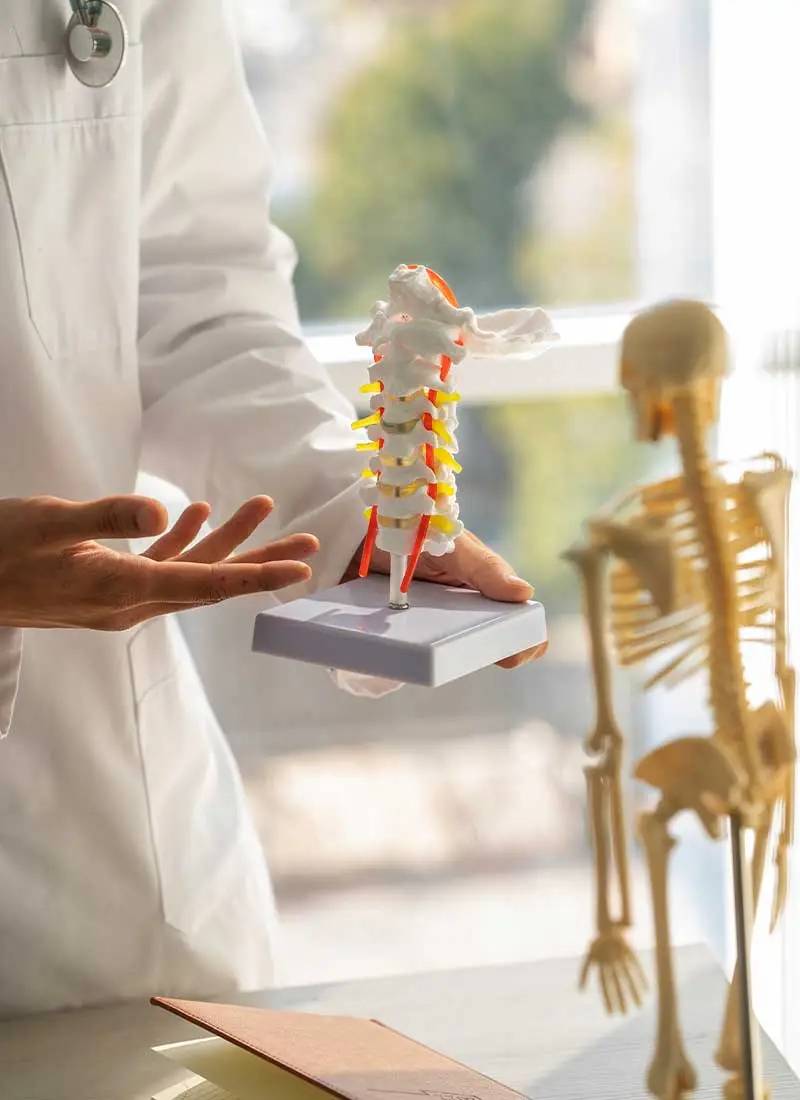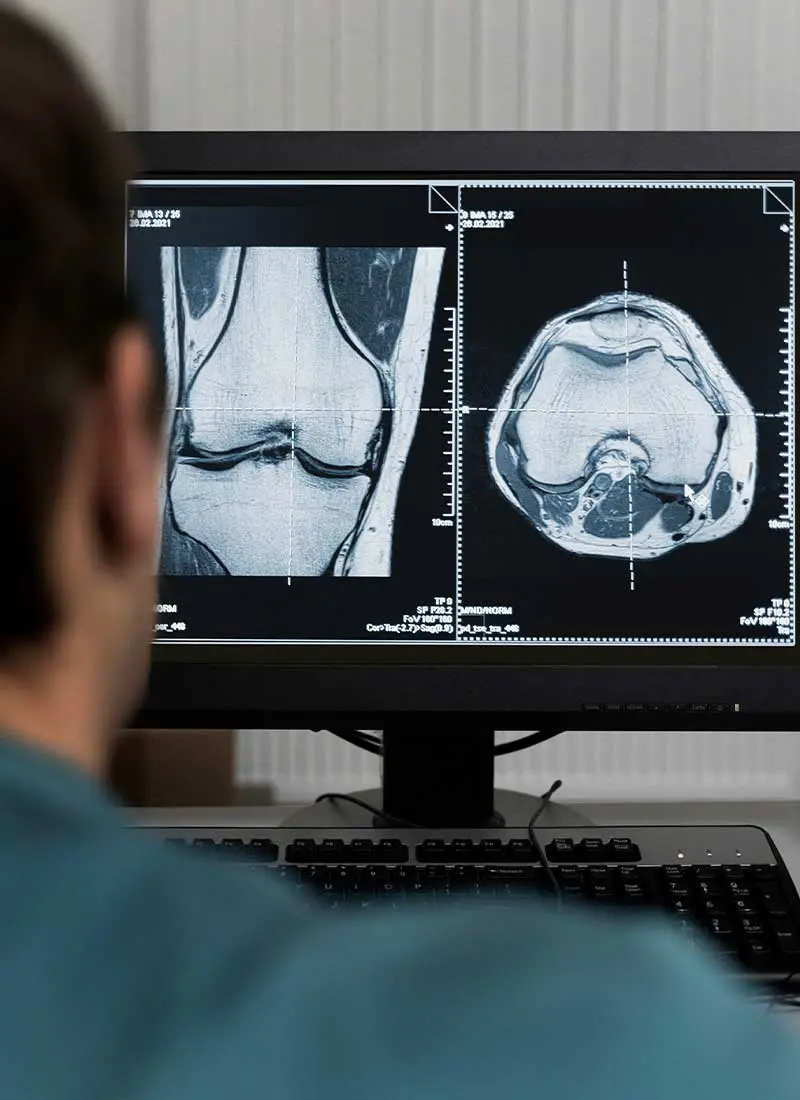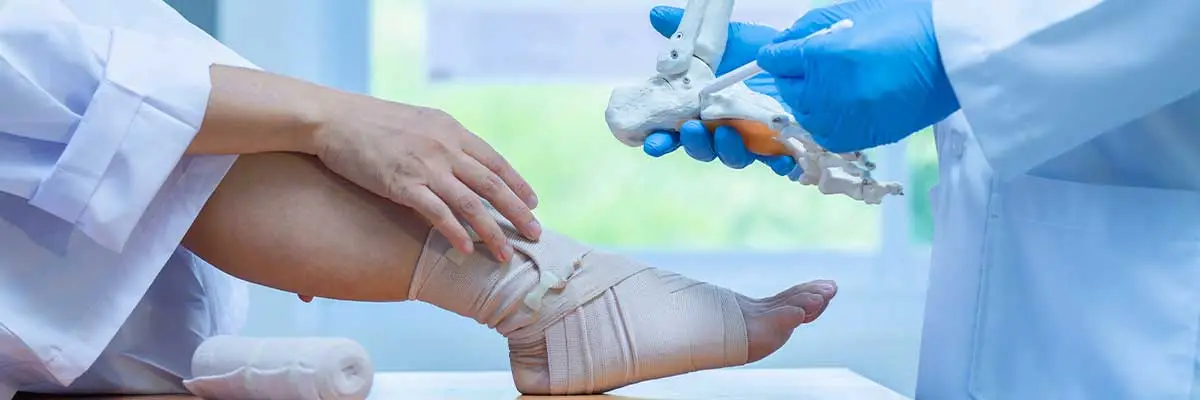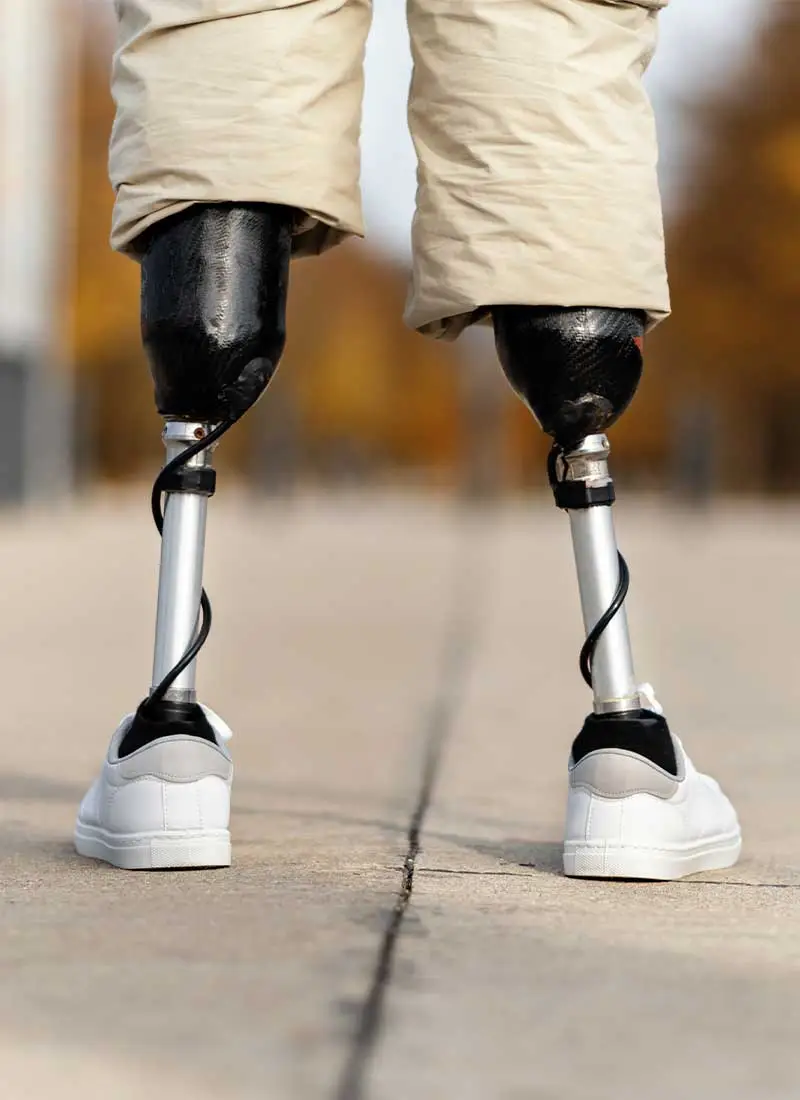Free Consultation Form
Orthopedics and Traumatology, skeletal system; it is the branch of medicine that deals with bones, joints, muscles, ligaments, and tendons, and deals with diagnosing and treating diseases and injuries in this system. This branch of science aims to improve a person’s mobility, functionality and quality of life.
WHY CHOOSE INVICTUS HEALTH ADVISOR
What Are The Main Components of Orthopedics and Traumatology?
Orthopedic
Orthopedics is a branch of medicine that specializes in skeletal system components such as bones, joints, muscles, ligaments and tendons. Orthopedic surgery involves treating the problems of this system with surgical interventions. As an example, procedures such as correcting fractures, inserting joint prostheses, spinal surgery can be given as an example of orthopedics.
Traumatology
Traumatology is considered to be a sub-branch that examines injuries caused by trauma. These injuries may include bone fractures, dislocations, tendon and ligament injuries, muscle injuries, and various other traumatic conditions. Traumatology combines emergency medicine and surgical skills and ensures that patients are treated quickly and effectively.
Orthopedics and traumatologists diagnose, treat, and guide patients’ skeletal system problems and rehabilitation processes. These specialists use surgical and non-surgical methods to improve patients’ quality of life and restore their mobility. They may also specialize in different areas, such as sports injuries, problems with old age, and congenital disorders.
Orthopedic and Traumatology doctors serve many different patient populations, because skeletal system problems can occur in people of any age and with different lifestyles.
What Diseases Do Orthopedics and Traumatology Treat?
Orthopedics and traumatology generally treat diseases and injuries related to the skeletal system and muscles.
Bone Fractures
Orthopedics and traumatologists treat bone fractures. These fractures can occur in any bone and can occur as a result of traumatic injuries or due to bone diseases such as osteoporosis.
Joint Problems
Joint problems such as joint inflammation (arthritis), joint deformities, joint pain and loss of joint mobility are treated by specialists in this field.

Sports Injuries
Injuries experienced by active athletes or people who exercise, especially ligament injuries (for example, ACL tear), meniscus injuries and muscle strain, are treated by orthopedic and traumatologists.
Spine Issues
Orthopedic surgeons treat spine diseases and injuries. These include herniated waist, scoliosis (spinal curvature), spinal fractures and degenerative spine diseases.
Tendon and Ligament Injuries
Tendons that connect muscles and bones and ligaments that stabilize the joint may be injured. Treatment of such injuries also falls within the field of orthopedic and traumatology specialists.
Birth Defects
Congenital skeletal system disorders are treated by orthopedic surgeons in children or adults. Examples may
include hip dysplasia or congenital extremity abnormalities.
Rheumatic Diseases
In the treatment of rheumatic diseases such as rheumatoid arthritis, orthopedics and traumatologists also play a role.
Tumors and Cysts
Bone and soft tissue tumors and cysts are diagnosed and treated by specialists in this field.
Orthopedics and traumatologists offer surgical and non-surgical treatment options based on the patients’ specific circumstances. The treatment plan may vary depending on the patient’s age, health status, and the severity of the injury or disease. The goal is to improve patients’ mobility, functionality and quality of life.
What Are The Diagnostic Methods Used in Orthopedics and Traumatology?
A number of diagnostic methods are used in the field of orthopedics and traumatology to accurately diagnose diseases and injuries. These methods can vary depending on the patient’s symptoms, the type of injury or disease, and the severity. Here are the diagnostic methods commonly used in orthopedics and traumatology:
Radiography (X-ray)
X-ray films are commonly used in the diagnosis of bone fractures, joint deformities, spinal problems and other skeletal system problems. This imaging method produces images of bones and sometimes soft tissues.
Magnetic Resonance Imaging (MRI)
MRI provides the ability to examine soft tissues, intra-joint structures and spine in detail. Provides detailed images of injured or diseased areas.
Computed Tomography (CT)
CT scans produce three-dimensional images of bones and soft tissues. It is used for complex bone fractures, spine problems and more detailed diagnosis of tumors.
Ultrasonografi (USG)
Ultrasonography can be used to examine problems such as intra-joint fluid deposits, tendon injuries and soft tissue masses.
Blood Tests
Blood tests can be used to detect or diagnose rheumatic diseases and infections, such as rheumatoid arthritis.
Electromyography (EMG)
EMG is used to evaluate the functionality of muscles and nerves. It is used to identify nerve damage, muscle weakness, or other nerve-muscle relationship problems.
Arthroscopy
This is an invasive surgical procedure. An endoscope is used to diagnose and treat intra-joint problems. This method is often used to treat joint problems such as knee and shoulder.

Doppler Ultrasonography
Used to provide information about veins and blood flow. It is important in the diagnosis of thrombosis (vascular blockage) or vascular diseases.
Laboratory Tests
In some cases, blood tests or other laboratory tests may be used to identify specific health problems, such as bone metabolism, infections, or inflammation.
Clinical examination
A physical examination is the doctor’s evaluation and physical examination of the patient’s symptoms. This is an important part of the diagnostic process.
Orthopedics and traumatologists diagnose patients’ problems using these diagnostic methods and develop appropriate treatment plans. The diagnostic process begins with determining which diagnostic methods to use based on the patient’s history and symptoms.

What Are The Treatment Methods Used in Orthopedics and Traumatology?
Orthopedics and traumatology use a number of methods in the treatment of diseases of the skeletal system, injuries and disorders. The treatment method may vary depending on the patient’s condition, type of problem and severity. Here are some of the treatment methods commonly used in orthopedics and traumatology:
Medication
Medications can be used to relieve pain, control inflammation, or treat infections. Painkillers, anti-inflammatory drugs and antibiotics fall into this category.
Physical Therapy and Rehabilitation
Physical therapy and rehabilitation programs are used to increase muscle strength, improve range of motion, and restore function after injury. These therapies are especially important after surgery or after an injury.
Orthotics and Prostheses
Orthotics are devices used to support or stabilize the body. Prosthetics take the place of a lost limb. For example, knee supports or foot prostheses can be used for knee joints.

Injection Treatments:
In some cases, especially for joint problems, patients may be given injections of corticosteroid or injections of hyaluronic acid called viscouplementation. These injections are used to relieve pain and increase joint mobility.
Orthopedic Surgery
Surgical interventions may include a number of surgeries, such as correcting broken bones, inserting joint prostheses, performing tendon or ligament repairs. Orthopedic surgery may require a post-operative healing process.
Spine Surgery
Involves a series of surgical procedures performed by orthopedic surgeons who are specially trained to treat spinal problems. These procedures may include spinal fractures, scoliosis correction, disc surgery, and removal of spine tumors.
Arthroscopic Surgery
Arthroscopy is a minimally invasive method to examine and treat the inside of the joint. This is used to repair joint damage or solve cartilage problems.
Joint Prosthesis Surgery
In cases of serious damage to the joints, joint prosthesis surgery can be performed. This can reduce pain and loss of function in areas such as the hip, knee, or shoulder joint.
Trauma Management
Emergency response after trauma involves stabilizing fractures, dislocations, and other injuries. This can be done with splices or stitches, depending on the severity and location of the injury.
Treatment options are customized according to the individual needs and condition of the patient. Orthopedics and traumatologists aim to improve patients’ ability to move, reduce pain, and improve functionality. The most appropriate treatment plan for each patient is determined as a result of a thorough evaluation.